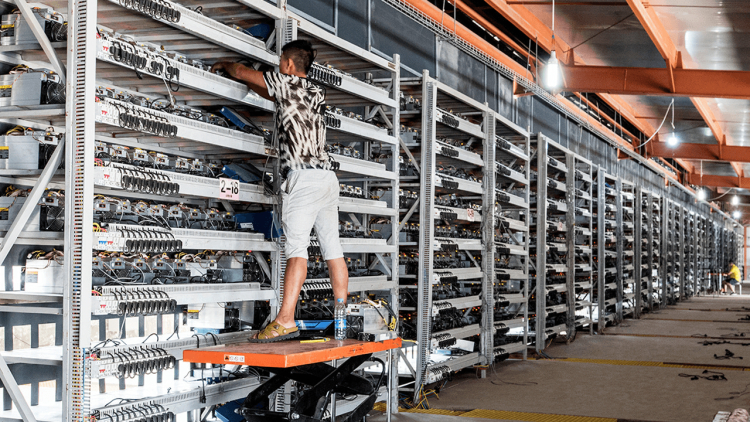Bitcoin Mining Tightens: Difficulty Hits 110.45 Trillion Amid Revenue Slump
Bitcoin mining difficulty rises to 110.45 trillion while hashrate dips and miner revenues hit monthly lows. Explore the implications for the Bitcoin ecosystem.

Bitcoin Mining Tightens: Difficulty Hits 110.45 Trillion Amid Revenue Slump
Bitcoin’s mining landscape has become increasingly challenging as difficulty rises by 0.61%, climbing from 109.78 trillion to 110.45 trillion. Meanwhile, the network’s hashrate has dropped from its January 6, 2025, peak of 824 EH/s to 778 EH/s, reflecting a recalibration in the ecosystem.
Difficulty Rises, Hashrate Falters
Since block height 878,976, Bitcoin mining has grown incrementally harder. The current difficulty level indicates that hashing computations are now 110.45 trillion times more complex than Bitcoin’s original baseline in 2009.
The network hashrate, which represents the computational power of miners globally, has declined by 46 EH/s, hinting at a shift in mining dynamics. Leading this effort is Foundry USA, contributing 34.73% of the total hashrate (265 EH/s), followed by Antpool at 17.01% (130 EH/s) and Viabtc at 14.26% (109 EH/s).
Revenue Pressures Mount for Miners
Miners are grappling with declining revenues as hashprice—a measure of earnings per unit of computational power—has dropped significantly.
- Dec. 15, 2024: $65.10 per PH/s/day
- Jan. 13, 2025: $52.22 per PH/s/day
This 19.79% decrease highlights a squeeze on profitability, despite the resilience of Bitcoin’s network metrics. Over the past 30 days, 65 mining pools have actively participated, with computational contributions ranging from 192.56 KH/s to 265 EH/s.
Implications for the Bitcoin Ecosystem
The rising difficulty and revenue pressures underscore a recalibration phase for Bitcoin miners. As costs increase and revenues tighten, participants are likely to reassess strategies, focusing on:
- Efficiency: Adopting more energy-efficient mining rigs to mitigate operational expenses.
- Geographic Shifts: Relocating to regions with cheaper energy resources.
- Pool Dynamics: Consolidating smaller pools to sustain competitiveness against larger players like Foundry USA.
What Lies Ahead?
Bitcoin’s difficulty adjustments reflect the network’s adaptive design, ensuring consistent block production even as mining dynamics shift. However, the ongoing challenge for miners will be balancing operational costs with profitability in an evolving market.
Will rising difficulty and declining revenue pressures deter participation, or will innovation and strategy sustain miner engagement? The coming months will be crucial in shaping the future of Bitcoin mining.
What's Your Reaction?















